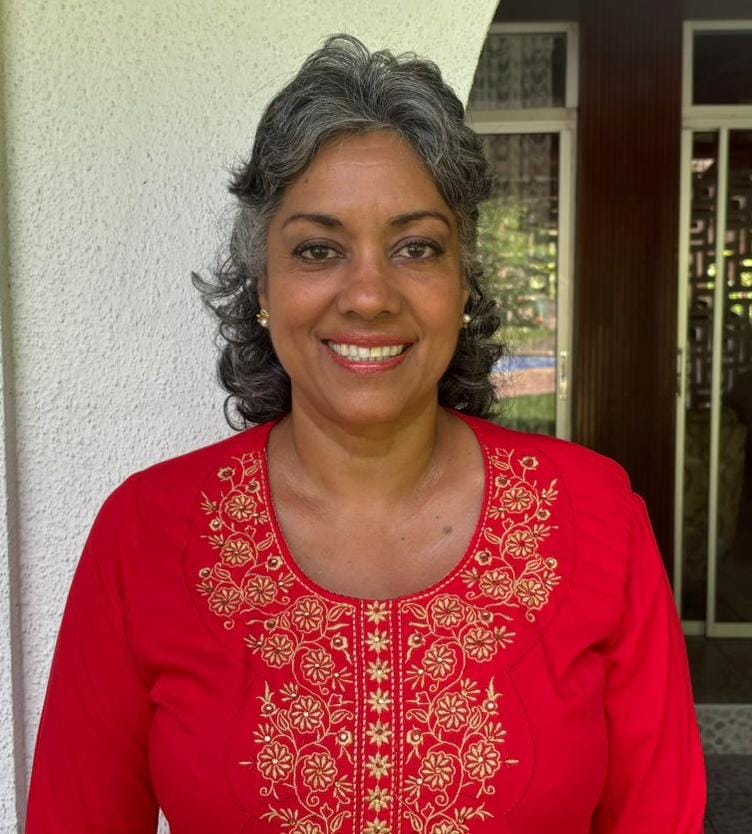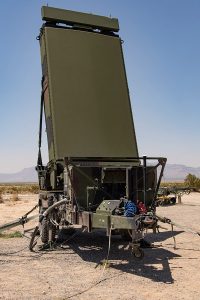
MASSAGE is among the oldest healing practices. Long before modern medicine, cultures around the world used touch to ease pain and promote well-being. Today, regular massage is still widely turned to for relaxation and for its reported benefits across mind and body. Many people find that consistent massage supports psychological well-being and positively influences metabolism, skin health, circulation, digestion, and muscular comfort.
Mind–Body benefits
Massage can be a deeply relaxing experience and is often used as part of care plans for conditions such as anxiety, low mood, hyperactivity, and post‑traumatic stress. The mind–body connection helps explain why: manual manipulation of soft tissue can prompt the release of neurotransmitters such as serotonin and endorphins, which are associated with improved mood and reduced pain perception.
Body systems
- Metabolism and weight: By supporting circulation and easing muscular tension, massage may contribute to overall metabolic efficiency and can complement weight‑reduction programmes.
- Skin: The skin responds readily to touch. Increased local blood flow during massage nourishes and tones the epidermis (the skin’s outer layer).
- Circulation and heart: Massage techniques encourage healthy circulation and may help reduce arterial pressure while supporting cardiac function.
- Muscles: Massage helps maintain and improve muscle tone and can counteract atrophy. By improving blood flow, it supports the removal of metabolic by‑products such as carbon dioxide and delivers nutrients to muscle tissue.
- Nervous system and blood: Gentle techniques can soothe the nervous system. Some observers have reported increases in red blood cell counts following massage in both healthy individuals and those with anaemia.
Types of massage
There are many styles to suit individual needs. Faster, firmer pressure tends to be invigorating, while slow, gentle strokes have a calming effect. Popular techniques include the following:
Aromatherapy: This approach uses plant‑derived essential oils during massage to promote balance and relaxation. Different scents are believed to influence brain regions linked to mood and stress responses. For example, chamomile, lavender, and neroli are associated with calm and restfulness. Bergamot, frankincense, and rosewood are often chosen for mood support and hormonal transitions, such as menopause.
Swedish Massage: One of the most widely practised forms, Swedish massage uses light to medium pressure with long, flowing strokes to relax the body, improve circulation, and ease general soreness. Where appropriate, deeper work can be applied to address adhesions in muscles and connective tissue, common after injury or in chronically tense areas.
Shiatsu: From the Japanese words for “finger pressure,” shiatsu (also known as acupressure) uses sustained pressure on specific points to alleviate aches, tension, and fatigue. These points—often called tsubo or acupuncture points—are located along meridians, traditional channels through which vital energy is said to flow. Practitioners use shiatsu both to maintain health and to support recovery from persistent discomfort.
Thai Body Massage: Rooted in a tradition dating back roughly 2,500 years, Thai massage combines rhythmic pressure along energy pathways (sen lines) with assisted stretches, gentle twists, and joint mobilisations. The sequence aims to release blockages, enhance flexibility, and restore overall vitality.
Thai Foot Massage: This technique blends stretching, pressing, and mobilising the feet. Many recipients report immediate relaxation, stimulation of internal organ reflexes, and relief from common foot complaints.
Reflexology focuses on the hands and feet. It is based on the theory that specific points correspond to organs and systems throughout the body; applying pressure to these points is intended to relax, rebalance, and ease various complaints. For example, pressing beneath the ball of the foot is thought to influence the stomach area, while the big toe is linked to the head. While scientific evidence is mixed, many people find reflexology helpful.
The takeaway
Massage remains a time‑honoured way to relax and rejuvenate. In our hectic lives, taking time for skilled touch can be a restorative practice that supports overall well‑being.
As a skilled Esthetician and Wellness Coach, Naema Khan specialises in providing personalised care through Electrolysis, facials and various therapeutic massages such as Swedish, Thai, Indian head massage and therapeutic foot massages. She also offers consultations on natural health and wellness. The views and opinions expressed are not necessarily those of AZP News. Khan can be contacted at (868) 330-9448
![]()












